Swimming Pools: Summer Fun
Year-Round Danger
A Comprehensive Pool Safety Guide from Life Saver Pool Fence
Home pools are becoming more common every day. They provide an excellent means of recreation for your entire family and friends a large part of the year.
But beware: They are dangerous if not monitored properly.

You must be aware of the potentially hazardous properties of a pool. An accessible pool is more dangerous for your toddler than a loaded gun laying out on your coffee table. In a child’s hands eventually it will go off! But unlike the gun going off and where the bullet will strike, the outcome with a toddler falling into a pool undetected is almost certain.
Just how serious is the problem? Drowning is the number one cause of death for children under five in Florida, Arizona, and California with a ranking of number two for over a dozen other states. For every drowning there are eleven near drowning incidents, according to government statistics; many of which result in totally disabling brain damage.
The majority of the parents involved were responsible people who thought it could never happen to their family. They were careful and had close supervision over their children. Many were in good income brackets, educated, and could afford nice homes with pools in family oriented communities. So, we are literally talking about people who could live next door to you.
A study conducted by the U.S. Consumer Product Safety Commission to find out how child drowning incidents occur indicates that SUPERVISION CAN AND DOES FAIL.
The latest Commission report recorded an average of 279 children under five fatally drowning per year – that’s over 3 times as many deaths per year as the heavily covered “Swine Flu,” which prompted a media frenzy.
The investigation by the Commission was directed at children under age five in Arizona, California, and Florida who had drown in home swimming pools. If drowning were a disease it truly would be referred to as an epidemic with all the public attention and awareness possible focused on an epidemic of such proportion.
The results might help you to better understand why drowning is still the number one killer for the nation:
Who was in charge of supervision at the time of drowning?
- 69 percent of the accidents occurred while one or both parents were responsible for supervision.
- 10 percent were adults other than the parents.
- 10 percent were adults other than the parents.
- 10 percent were adults other than the parents.
What was the location of the pool drowning?
- 65 percent were in a pool owned by the child’s family.
- 22 percent at a relatives
- 11 percent happened at a neighbor’s.
Drowning happens quickly and without warning. There is no cry for help.
77 percent of the children who drowned had been seen 5 minutes or less before being missed and subsequently discovered in the pool.
Where were they last seen?
- 46 percent WERE LAST SEEN IN THE HOUSE prior to being found in the pool. Of these, 15 percent were thought to be sleeping.
- 23 percent were last seen in the yard, porch or patio, not in the pool area. That’s a total of 69 percent that were thought not to be in the pool area.
- 31 percent were last seen in the pool or pool area.
What activity was the person responsible for supervision involved in at the time of drowning?
- 39 percent were doing chores.
- 18 percent socializing.
- 9 percent were busy on the telephone.
The suddenness of this type of accident and the results it yields is devastating to anyone it touches. When you think pool safety, think hard core. Even if this is not your personality, you must be an absolute dictator. Let your children know without any doubts, that is your way or none at all.
LAYERS OF PROTECTION
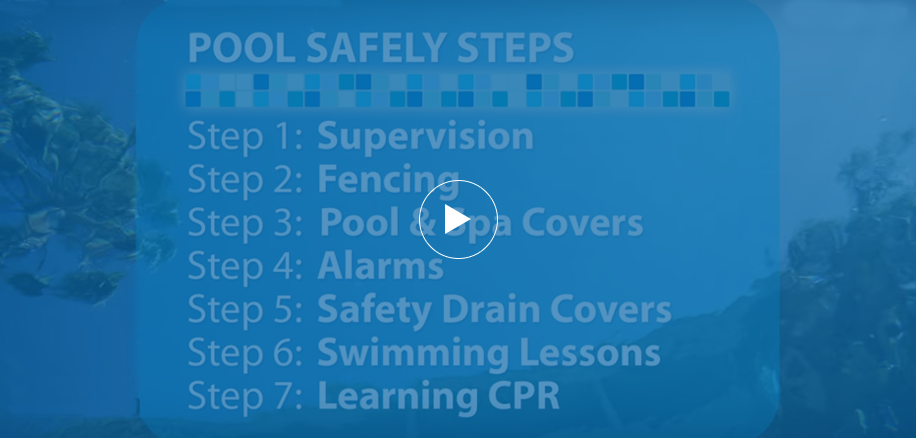
77 percent of the children who drowned had been seen 5 minutes or less before being missed and subsequently discovered in the pool.
Supervision is always your primary layer of pool safety protection, but as the study shows, 69 percent of the drowning incidents occurred when parental supervision failed and there were no other “backup layers” in use.
- Access doors to the pool area with high locks are a secondary layer of pool safety protection.
- Alarms on access doors are another layer of protection.
- A pool fence separating the pool from your home and all access doors and entrances is one more layer of protection.
- Alarms both in the pool (pool alarm) and worn on the child (personal immersion alarm).
- Water survival training for a child when he is capable of crawling or walking to the pool.
- CPR and your knowledge of rescue techniques are a final layer of protection should there be an accident.
The goal, with instituted layers of protection, is to come as close to a “fail safe” system of preventing drowning incidents as possible. This way, if there is a momentary lapse of supervision for whatever reason, we have several backup systems in place.
All must fail before a drowning can take place. A door has been left unlocked or open, the alarm system or device for the door has been turned off, the pool safety barrier has been left open, your child does enter the water, the pool and personal immersion alarms fail or aren’t heard, the child panics and does not attempt to utilize survival swim training, and CPR is administered too late to save the child.
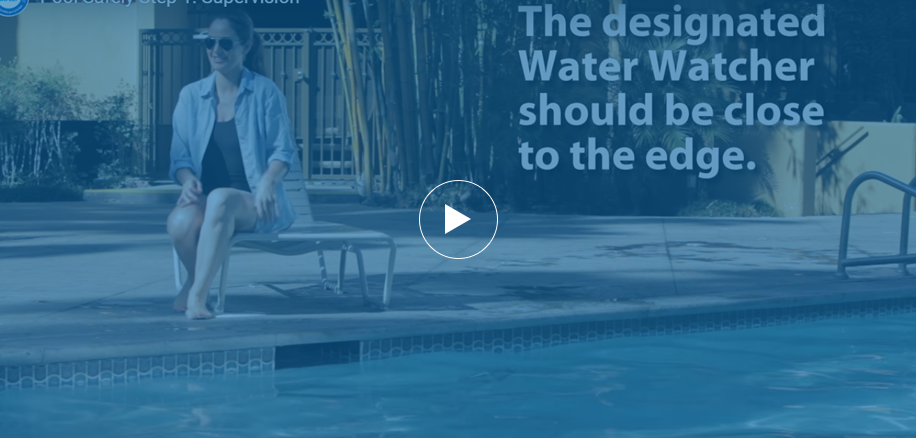
Set down definite pool rules covering its use and more importantly, when it is not in use. We all have a tendency to give a little leeway on this or that with our children, but not when it comes to the pool. THERE CAN BE NO COMPROMISE ON POOL SAFETY. YOU ARE DEALING, LITERALLY, WITH A LIFE AND DEATH SITUATION.
Any door leading to the pool area should be kept locked.
Even if your home is equipped with an alarm system that will beep when perimeter doors are opened, install simple contact alarms on the more often used doors as a further safeguard. Pool Guard and Safety Turtle, for example, make excellent alarms designed strictly for access doors and gates to the pool area. Door and gate alarms must have the button (adult bypass switch) pushed whenever the door is opened. Door alarms require either a second bypass switch and or a 7 second delay to inhibit adult alarming in both directions. A door alarm is particularly useful if you have older children who open doors to the pool area. Sliding glass doors should be locked at the top in addition to other locks. In two thirds of the drowning cases studied where children were thought to be in the home, sliding glass doors were either left open or opened by the toddler.
NO DOGGY DOORS! THEY ARE ATTRACTIVE TO CHILDREN AND HAVE BEEN IMPLICATED IN DOZENS OF TODDLER DROWNINGS!
If you own a pool this is a must! Install a protective pool fence that will eliminate access to the pool for young children and pets.
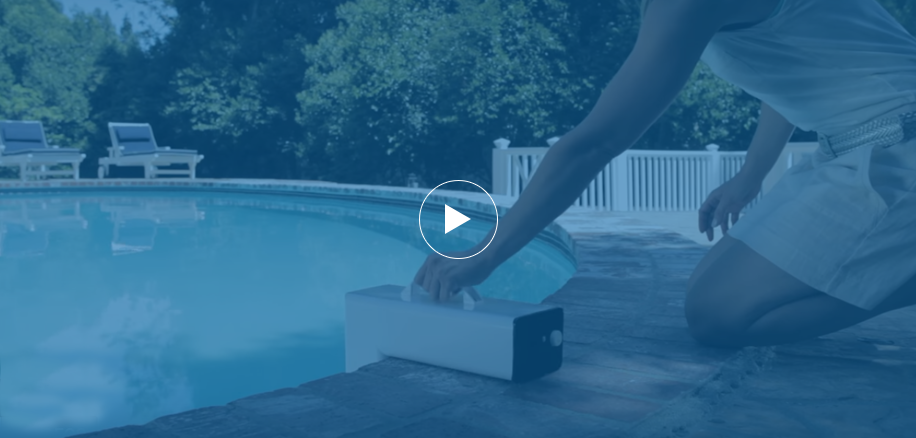
Floating (surface) pool alarm devices with remote alarms sounding in the home can alert you to a child falling into the pool. The pool surface, however, must be disturbed enough by the fall so as to set off the alarm. Since these alarms do work off a disturbance to the surface of the pool; your child could quietly walk down the steps, go under, drown, and never disturb the alarm or set it off! They are quite inexpensive and better than nothing at all since they do detect some accidental falls if adjusted and placed properly.
Subsurface pool alarms detect disturbances beneath the surface. These are more reliable and less prone to false alarm than floating alarms, which are more easily set off by wind, rain, and light debris. There are a half dozen subsurface alarm models to choose from, varying in price, performance and capability. Choose one that at a minimum is compliant with the ASTM Standard on Pool Alarms, e.g., Pool Guard, AquaGuard.
Personal immersion alarms have sensors worn on the child, usually on the wrist. When the sensor gets wet, it sends a wireless signal to a remote base station, usually located in the house, which alarms loudly. Of all alarms, this design is the most versatile. Safety Turtle by Terrapin is the top choice for personal immersion alarms and is really the company that has made them available to the public for water safety use. The Safety Turtle consists of two main components: a key-lockable wristband worn on the child that resembles a wrist watch with a turtle on it, and a base station unit that remains within earshot of adult supervision. Safety Turtle offers continuous protection to the wearer and is never turned off for pool use or maintenance. It also protects against ALL water hazards, including buckets and ponds, and possibly adjacent neighbor(s)’ pool(s). The drawback to Safety Turtle is that it only protects the child(ren) wearing it. If a neighbor’s child gains access to the pool, the Safety Turtle will not help. Parents have to be vigilant about having the Turtle wristband on the child’s wrist at all times, yet take it off for bathing. Putting the Turtle on is simple, and if you can put pants on him every day (well, usually), then you can put the Turtle on, too. We recommend you make this part of the daily routine.
Turtles are for pets too; although most pets swim, few can get out of a pool unassisted, and many quickly drown as a result.
Alarms of all types do not PREVENT children from accessing the pool. They only alert whoever is nearby that an accident has occurred.
Have your toddler trained for pool survival when he is able to crawl or walk to your pool.
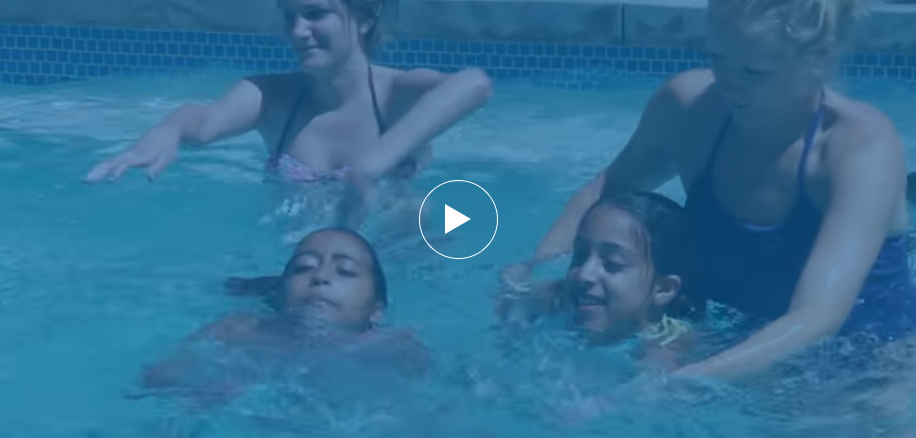
This is introductory training to the water that is not intended to actually teach him to swim, but more to provide the toddler with the necessary skills to help survive an accidental fall into the pool. He should be taught to negotiate to a wall or steps and know how to get out. His final lesson might include his being knocked unexpectedly into the pool fully clothed. Do not be alarmed, the child’s reaction is being monitored to help determine if the lessons have been effective by using this simulated “panic situation”. This type of survival training can usually be very effective after just a week of daily lessons. From our own experience with both methods and other parents we have spoken with, this method is considerably less traumatic than other methods.
Another method of water survival training is to teach the child to roll over and float on his back. It also is effective and has been taught successfully for many years. Be certain that he is also taught how to get to the side of the pool and hang on or get out in addition to learning to roll over and float.
You can determine which method will best suit your needs and the situation.
All types of survival swim instruction must be reintroduced to the toddler after a period of not being in the pool; as in over the winter months.
Whichever way you go, do not be lulled into thinking that your child can have open access to the pool area. Remember, this is just one layer of protection.
Every layer of protection possible must be in force at all times or the system is compromised.
If you have read or been told that your child cannot be taught water survival until age three because he is incapable of learning at an earlier age, might get ear infections, that it “leads to a false sense of security for the parent”, or that such training is ineffective “because 55 percent of toddlers who drown had received survival swim training,” please think for yourself!Your child can be taught survival swimming and will retain it during water active months with practice.
If you do not have your child in the water over the winter months, particularly a child under age 3 years, he will require a refresher to “remember” what was learned the summer before. This will usually take only a few days to accomplish and then you can proceed on to have him learn additional techniques or start actual swimming lessons.
Yes, a large percentage of children who have drown did have survival swim training, what the statistics cannot show you is how many have survived a fall into the pool because of this training (many adults who drown could also swim). As to the “false sense of security”, most parents will not even leave a toddler alone in a bathtub much less knowingly let their child near the pool unsupervised. U.S. Consumer Product Safety Commission’s study revealed that 75 percent of the victims of drowning were among 12 and 35 months of age. For these children, 3 years old will never come.
Take the time to learn CPR and accident procedures. If not your own child, you may be able to save someone else’s. Many local hospitals have programs for this type of training.

Do not leave a toddler or young children in the pool or pool area without adult supervision. Older children are not always as sensitive to the dangers of drowning when it applies to others.
A mother told us that she was scolding an older brother (6 years old), as she snatched her coughing 18 months old out of the pool where he had walked off the steps while she was away for a moment. His answer was innocent “But I could see his eyes were open and he wasn’t crying.” Hope the point has been made.
Never go into the house to answer the telephone and leave a child unattended in the pool area. Numerous drowning incidents are associated with the answering of a telephone in the house while the pool was in use by children.
A telephone installed at the pool area or the presence of a remote unit, on the other hand, could prove to be an invaluable aid in the event of an accident.
Do not leave objects in the pool that could attract your child. Children who would not normally go near a pool because of fear may not even think about the water if they are in pursuit of a favorite toy in the pool.
“Staging platforms”, such as tables and chairs, should not be kept near the pool fence.
Allowing the pool area to be used as a play area is as bad as letting young children play in a busy street or with poisonous chemicals. Isolating the pool area to be used for swimming only is the most essential concept of drowning prevention.
If you miss your child always check the pool first, even if access is thought to be restricted, then look elsewhere.
In a drowning accident seconds can make the difference between death, recovery, or just survival.
KEEP THEM SAFE AND PLAY BY THE RULES
Swimming Pool Fence
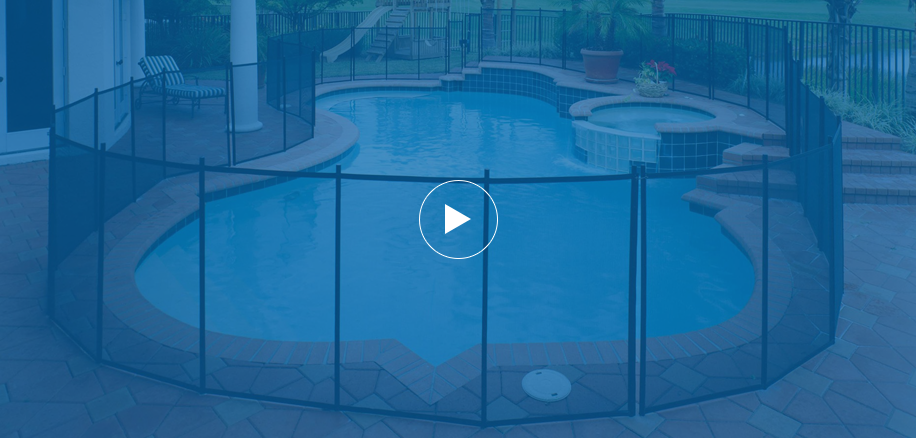
Pool fencing is the only layer of protection that provides a physical barrier between your home and the pool. A pool fence is a must. If you wouldn’t own a car without seat belts, do not own a pool without a fence. Pool fences should be at least 4 feet high and have a self-closing, self-latching gate that opens away from the pool. Removable safety fencing has proven, over the past forty years, to be the most practical and effective barrier against pool drowning short of putting up a permanent rail fence. Life Saver Systems has manufactured the highest quality mesh pool safety fencing for over 30 years. Pool fence constructed of see-through mesh is not only more aesthetically pleasing, but allows increased visibility for additional safety.
Learn even more about your primary layer of protection, removable mesh pool fence, by clicking here.
